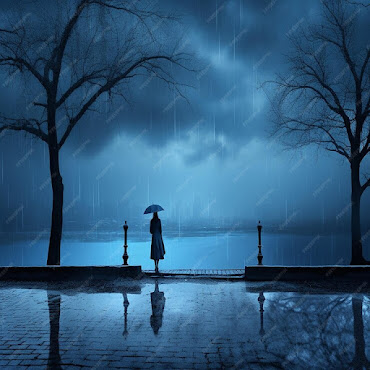JUN 3,2024
BY NR.BALOCH
Everyone takes his name with great respect and will continue to take it. The light of his own gift has died out, but the light of his gift of knowledge will never end.
A city in Turkestan is called “Farab”! A long time passed, in a neighborhood of this city, there lived a very poor boy who was very fond of learning. During the day, he went to his teacher for lessons and when night came, he remembered the lessons of the day. and would not sleep until the lesson was completely memorized.
A clay lamp used to be lit by the head of his bed, in the light of this lamp he would read the whole book till two o’clock in the night and sometimes the whole night would be spent in reading.
FOR MORE ARTICLES VIST LITRARY
There is a mention of one night, he was sitting on his bed, studying a book with full attention and concentration, when the light of the lamp began to dim.
Now that he looked at the lamp, he was very sorry to see that there was no oil in the lamp, if there was light, then why do it? What should I do now? He thought in his heart. The night was almost half past. The shops in the city were closed and even if they were open, the boy would have been of no use as he had no money to buy oil.
In this situation, it was better to keep the book aside and go to sleep, but now he had to read two more hours, how could he waste these two hours and then where would he get money the next day. So he would go to a mosque and eat, and with the money he got from teaching a local child, he would buy modest clothes and oil for himself, but he had spent all the money he had recently.
He was very worried about the lamp being extinguished like this.
He came out of his room and sat at the door. The darkness of the night was spread everywhere, no lamp was visible anywhere, everyone was resting.
Meanwhile, his eyes fell on a small line of light which was visible on a wall in the distance. As soon as he saw it, he wished in his heart that this light was in his house.
FOR MORE ARTICLES VIST LITRARY
Seeing the light, he sat up and to find out where it was coming from, he started walking around from where the light was coming from. He had brought his book with him so that if he got a chance, he could read the rest of the book in that light. and then came back. After going some distance, he saw that the light was emanating from a lantern which was in the hand of the watchman of the neighborhood. He said to the watchman with great politeness.
Sir! If you allow me to read the book in the light of Qandeel? The watchman was a good man, he understood that this is a poor student who has no money to buy oil. He said, “Yes son! Read it.” I will sit here for a while, sit here! The boy started reading the book. Now the difficulty was that the watchman could not sit in one place for long so he said.
Son! Now you go home and sleep, I have to go ahead. The boy said. You must go ahead, wherever you want, I will follow you. The watchman picked up the lantern and started walking forward and the boy followed behind! Like this. He was having great difficulty in studying but he did not give up. He studied till four o’clock and then thanked the watchman and went home. The same thing happened on the second night.
On the third night, the boy came and the watchman said, “Son! Take this lantern to your house, I have brought a new one.” When the boy heard these words, he was so happy as if he had found a great treasure. He took the lantern to his room. Aya came and started doing his work with satisfaction. After few days he got money, he bought oil from the market and put it in the lamp. Several days passed and then many years! The boy became a young man.
As he grew older, his knowledge also increased and one day it happened that he became the greatest teacher of his time. Great learned people came to him from far and wide and learned from him. He became a river of knowledge from which those who were thirsty for knowledge kept quenching their thirst.
You know, children! Who was this boy? It was Abu Nasr Farabi! Several hundred years have passed since the death of this great Muslim philosopher and scientist of Persia (Iran), but there has been no difference in his honor and greatness. Everyone takes his name with great respect and will continue to take it. The light of his own gift has ended, but the light of his gift of knowledge will never end.
FOR MORE ARTICLES VIST LITRARY










